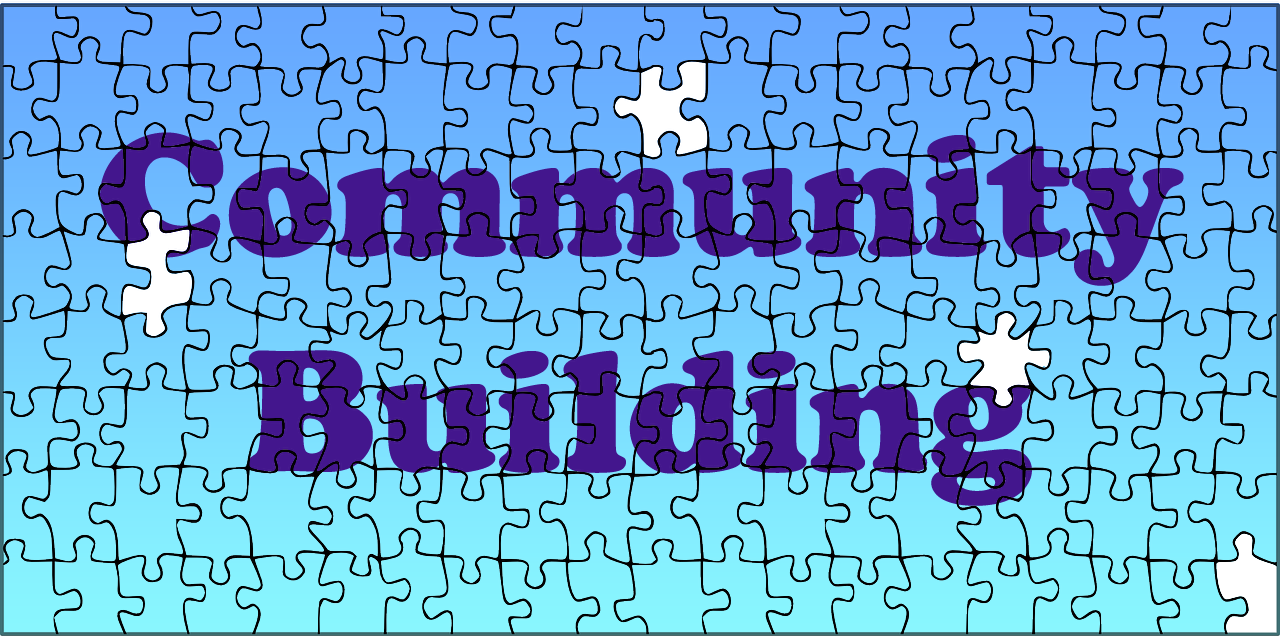
Over the past several weeks, I have written about how radio stations can turn their Audiences into Communities. As I noted in January, the key distinction between the two is that members of a Community care about and communicate with each other; members of an Audience do not. Two weeks ago, I outlined four components of a Community Building Strategy:
- Content
- An Online Space
- Virtual Events
- In-Person Events
Today, I want to take a closer look at these four components. In particular, I want to examine the different tools that can be used for each piece of this strategy, along with the metrics for measuring each component, and the revenue opportunities that they provide.
1. Content
When we look at the evolution of marketing strategy, Community Building is the next phase after Content Marketing. However, Content still plays a key role in a Community Building strategy. Content is a great way to foster interaction and attract Community members.
- Tools: Hardware and software for creating and hosting audio (podcasts, radio shows, audiobooks, music, etc.), video (movies, television shows, livestreams, social media videos, etc.), text (books, articles, blogposts, etc.), or photography.
- Key Performance Indicators: Audience Size, Number of Subscribers
- Revenue Opportunities: Advertisements, sponsorship, subscriptions, sale of works.
2. An Online Space
An online community is a digital space that enables members to participate in asynchronous communication. For example, one person may create a post and others may leave comments on that post hours or days later. Some platforms, such as Facebook, have features that enable both asynchronous (Facebook Groups) and synchronous (Facebook Live) interaction. Other tools, such as Slack, can be used for both asynchronous and synchronous communication depending on the availability of the users. My focus here is on the asynchronous features of an online space.
- Tools: Facebook Groups, LinkedIn Groups, Reddit, Mighty Networks, Discourse, etc.
- Key Performance Indicators: Number of Members, Engagement (for example, the number of posts and comments in a group per week)
- Revenue Opportunities: Membership Fee, Sponsorship
3. Virtual Events
Virtual Events enable community members to engage in real-time interaction even though they are in different locations. When one person speaks or writes, others are able to respond immediately.
Many interactive platforms, such as Twitch or YouTube Live, enable a one-to-many broadcast in which the broadcaster(s) can see and respond to comments from the audience. These platforms blend features of Content creation and virtual events; however, they also create a power differential between the broadcaster(s) and the audience.
While virtual event platforms such as Remo or AirMeet offer the ability to create interactive broadcasts, they also provide features that createg a more egalitarian environment in which community members can chose who they talk to. When evaluating Virtual Event experiences, it’s wise to consider not only the amount of interaction that is possible, but also the amount of autonomy involved in that interaction.
It’s also worth noting that live events can also be used to create Content. For example, a webinar produces a webinar recording. My focus here is on the portion of the event that enables real-time interaction.
- Tools: AirMeet, Remo, Zoom, Twitch, YouTube Live, Facebook Live, Clubhouse, WebEx, GoToWebinar, etc.
- Key Performance Indicators: Number of Attendees, Number of Registrants, Engagement (such as the amount of time spent at an event)
- Revenue Opportunities: Ticket sales, Sponsorship
4. Live Events
We are all familiar with Live Events, whether they are conferences or concerts or competitions. During the pandemic, we have come to think of Virtual Events as a temporary replacement for Live Events, As we emerge from the pandemic, I believe it is more useful to view Virtual Events as a supplement to Live Events, not a substitute for them. I recently offered the example of a radio station that hosts monthly local musicians meetups as virtual events that support their annual in-person battle-of-the-bands competition. In short, don’t view it as a choice between virtual or in-person events; look for ways to combine them in a Community Building Strategy.
- Tools: Conferences, Competitions, Festivals, Concerts, Parties, Workshops, etc.
- Key Performance Indicators: Number of Attendees, Number of Registrants, Engagement
- Revenue Opportunities: Ticket Sales, Sponsorship, Merchandise Sales
g
Each of the four components of a Community Marketing strategy are distinct: they are executed through the use of different tools, they are measured in different ways, and the provide different opportunities for monetization. As you develop your own Community Building strategy, make sure you have a firm grasp on each of these four components and how they fit together to form a coherent whole.
Note: If you want to learn more about community building, I highly recommend the book Building Brand Communities by Carrie Melissa Jones and Chales H. Vogl. My writing on the Community Building focuses on the actionable steps that companies can take to implement the principles they discuss.
- A Simple Digital Treat to Thank Your Radio Listeners This Thanksgiving - November 13, 2023
- Interview Questions When Hiring Your Radio Station’s Next Digital Marketing Manager - November 6, 2023
- A Radio Conversation with ChatGPT: Part 2 – Promotions - October 30, 2023





Leave a Reply